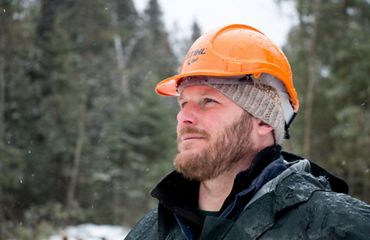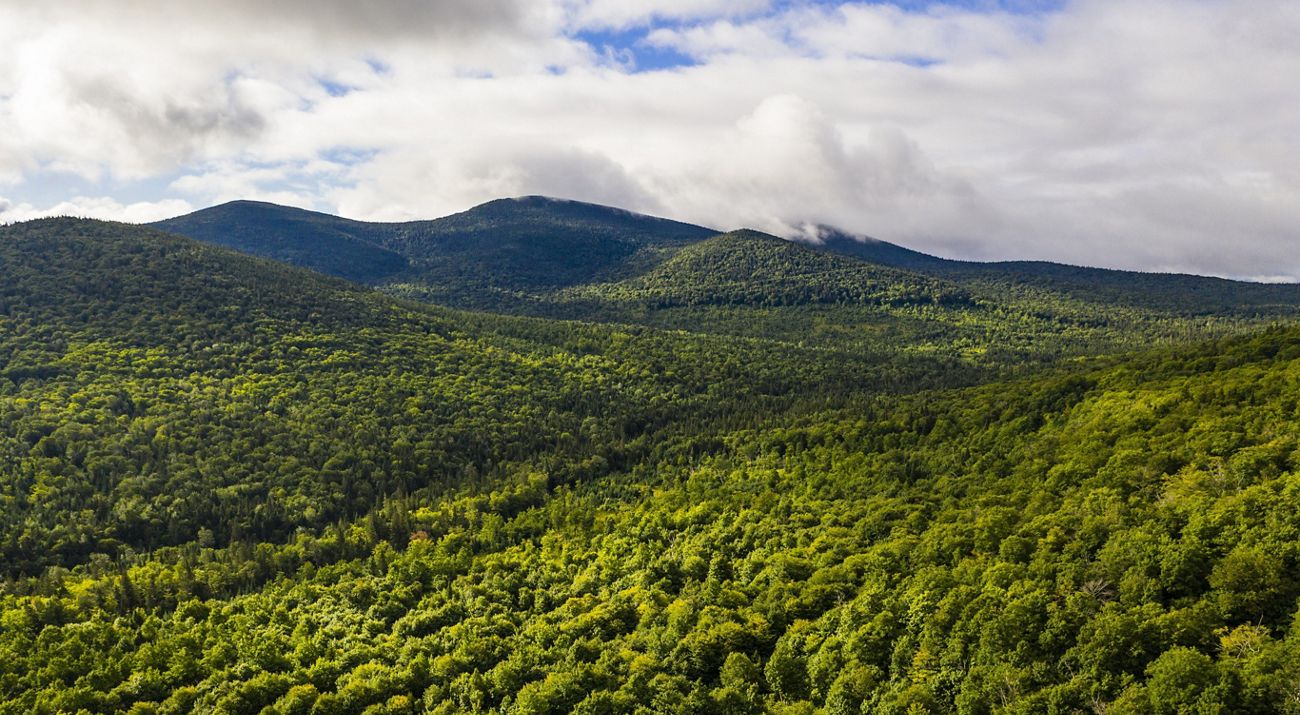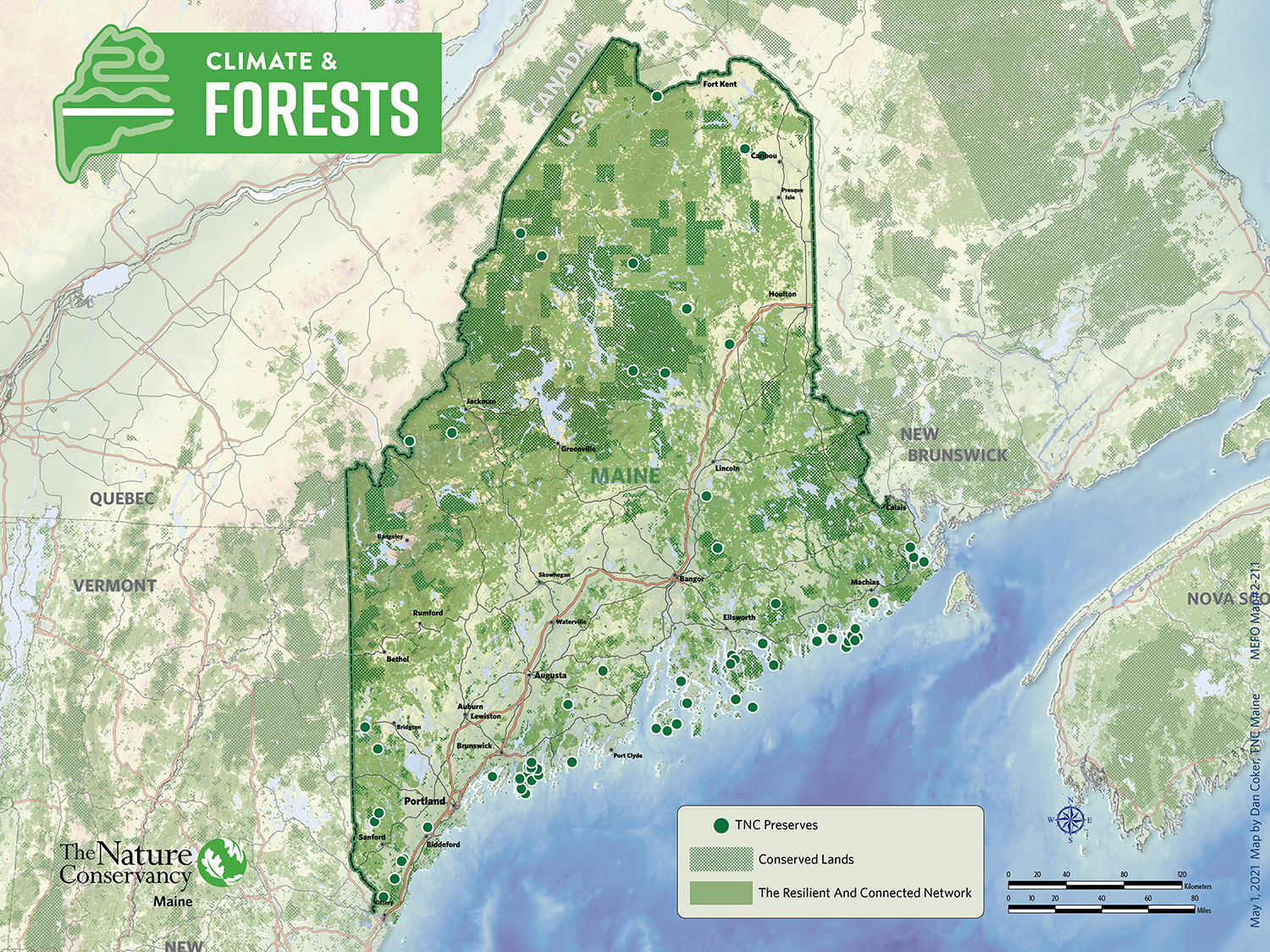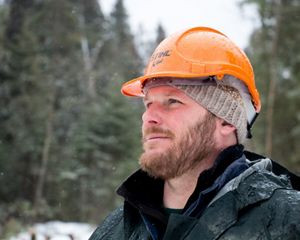Safeguarding Shelter for Wildlife and People
TNC is using science to identify and conserve habitats that can withstand climate impacts.
Maine is 89% forest—the most forested state in the nation. That means we offer critical habitat for wildlife, including the many plant and animal species whose populations are moving in response to climate change. Each decade, species are shifting their ranges an average of 11 miles north and 36 feet in elevation; this trend is expected to accelerate, with dire consequences. Many plant and animal species will have difficulty moving away from growing climate threats to find new places to call home.
TNC is leveraging groundbreaking science to respond. We’re identifying a network of unique locations that can withstand climate impacts, including vitally important Maine forests. This scientific learning drives our conservation planning and is a key strategy in our work to address climate change.
Quote: Chris Stone
Working in Maine’s north woods, I’m reminded every day what an incredible resource our forests are. By capturing more than three million metric tons of carbon each year, as a natural climate solution, they’re hard to match.

What We’re Doing in Maine’s Forests
Our forests are an incredible natural climate solution. In addition to providing our clean water, hosting our recreation and powering our economy with wood products, they capture more than three million metric tons of carbon from the atmosphere each year. TNC’s Maine chapter is working to keep our forests as forests.
Establishing the Boundary Mountains Preserve
This preserve along the US-Canada border extends a corridor of permanently conserved lands northward to a total of over 260,000 acres—representing a key link in a major pathway of ecological connection from the White Mountains through Western Maine, Quebec, and beyond. The land contains natural features that can withstand climate impacts and provide safe havens where wildlife can live and thrive.
Expanding Conservation in Western Maine
In 2023, we partnered with the Trust for Public Land and the State of Maine to conserve over 13,500 acres of forest and streams near Rangeley. Now, we are working with the Maine Appalachian Trail Land Trust and the State of Maine to conserve a total of 2,600 acres spread over 21 parcels centered on the Orbeton Cascades and adjacent to Perham Stream. Protecting these parcels expands a network of nearly 100,000 acres adjacent to the Appalachian Trail that provides essential wildlife habitat in a warming climate.
Giving Wildlife Room to Roam
In 2021 we added 13,500 acres of valuable wildlife habitat to the Spring River-Narraguagus Forest Preserve in Hancock County, bringing the total preserve to over 23,500 acres. Conservation of this property helps maintain a forested connection between the Downeast coast and Maine's north woods, protecting habitat for wide-ranging wildlife and allowing species to move in response to a changing climate.
Wabanaki Land Return Partnerships
As in other areas of our work, an important and growing focus of our Forests program is our ongoing partnership with Wabanaki Tribes. The Tribes’ establishment of the Wabanaki Commission in 2020 created a central organizing body that is facilitating many new opportunities to achieve land return. TNC is supporting the Commission and partner organizations like First Light and directly engaged in active land return projects. Each project is unique, and each builds on learnings and relationships strengthened through our work with the Passamaquoddy Tribe on their reacquisition of Kuwesuwi Monihq (Pine Island) in 2021. These initiatives are central to TNC Maine’s commitment to increasing Wabanaki People’s access to land and water.
What Forest Success Looks Like
TNC is identifying a network of unique locations that can withstand climate impacts, including vitally important Maine forests. This is a key strategy in our work to address climate change. As part of our Join Maine campaign, we are working to ensure these critical successes by 2024:
-

More than 350,000
acres of resilient and connected forest lands are permanently conserved.
-

At Least 2
additional ecological priority forest areas are conserved at an effective scale—at least 25,000 acres.





